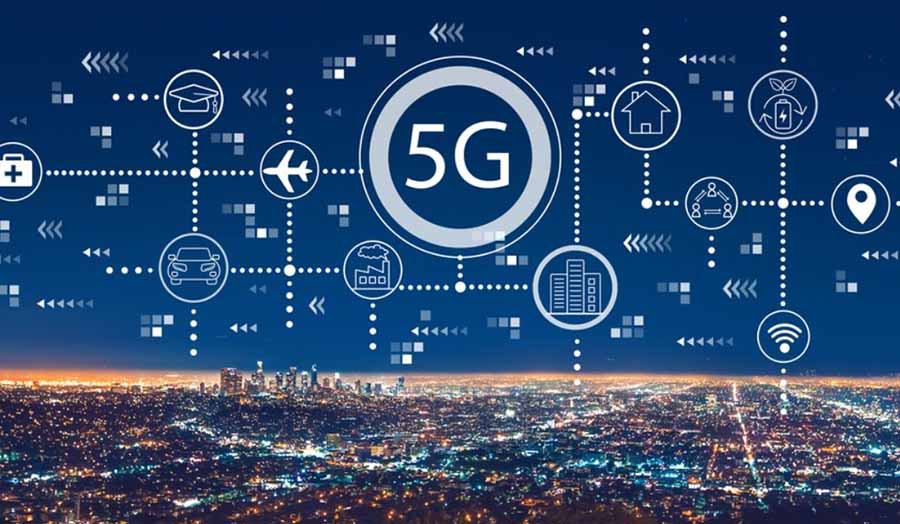5G communication field: with the promotion of 5G technology and the upgrading of communication networks, the demand for PCBs in 5G communication equipment continues to grow. It is expected that by 2030, the number of global 5G base stations will reach millions, which will directly drive the significant expansion of the PCB market. In the field of 5G communication, PCB, as a key component for signal transmission and circuit connection, its quality and performance directly affect the overall performance and stability of communication equipment. Therefore, high-performance, high-density PCB products will become the mainstream demand in the field of 5G communications.

New Energy Vehicle Field: The global emphasis on environmental protection and sustainable development makes the new energy vehicle industry is ushering in a period of rapid development. The battery management system, motor control system and other key components of new energy vehicles need to use to PCB, it is predicted that by 2030, the global new energy vehicle ownership will reach hundreds of millions of vehicles, which will bring huge market demand for PCB industry. In the field of new energy vehicles, PCB not only need to have high reliability, high stability and high security, but also need to adapt to the special working environment of new energy vehicles and harsh electromagnetic compatibility requirements.
Internet of Things (IoT): The popularity and application of IoT technology has promoted the rapid development of smart homes, smart cities, smart logistics and other fields, and the demand for PCBs in these fields is also increasing. According to market research data, by 2030, the number of global IoT connected devices will reach hundreds of billions, which will bring huge market demand for PCB industry. In the field of IoT, PCBs need to have features such as miniaturisation, low power consumption, and high reliability to adapt to the special needs of IoT devices.

Artificial Intelligence field: with the popularity of AI applications, from self-driving cars to smart home systems, efficient data exchange and processing capabilities are required. In particular, deep learning models consume a large amount of computing resources and data transmission during the training process, requiring the data interface on the PCB to have high bandwidth, low latency, and scalability. The rapid development of artificial intelligence technology also promotes the popularity and application of smart wearable devices, smart robots and other products, which also require the use of PCBs.

Big Data Centre: As an important part of cloud computing and AI infrastructure, the demand for high-performance PCBs continues to grow. It is expected that the market size will reach about 78 billion yuan by 2030, with a compound annual growth rate of 16%, and data centres have higher requirements for PCBs with good heat dissipation performance and high stability.
Intelligent wearable devices: the rapid development of the smart wearable devices market, wearable devices for flexible PCB demand has increased significantly, is expected to 2030, the market size of up to about 37 billion yuan, a compound annual growth rate of 17%, flexible PCB because of its thin and lightweight portable features in the smart wearable devices in a wide range of applications.
Photovoltaic inverter field: With the increasing global demand for renewable energy, the market demand for photovoltaic inverters has shown rapid growth. China’s PV inverter market is experiencing significant growth and is expected to reach more than RMB 100 billion by 2030. Although PV inverters also use PCBs, the growth of the PV inverter market is likely to drive up demand for other components associated with them, such as power modules, inductors, and capacitors, when demand for PCBs in the traditional electronics sector declines.


